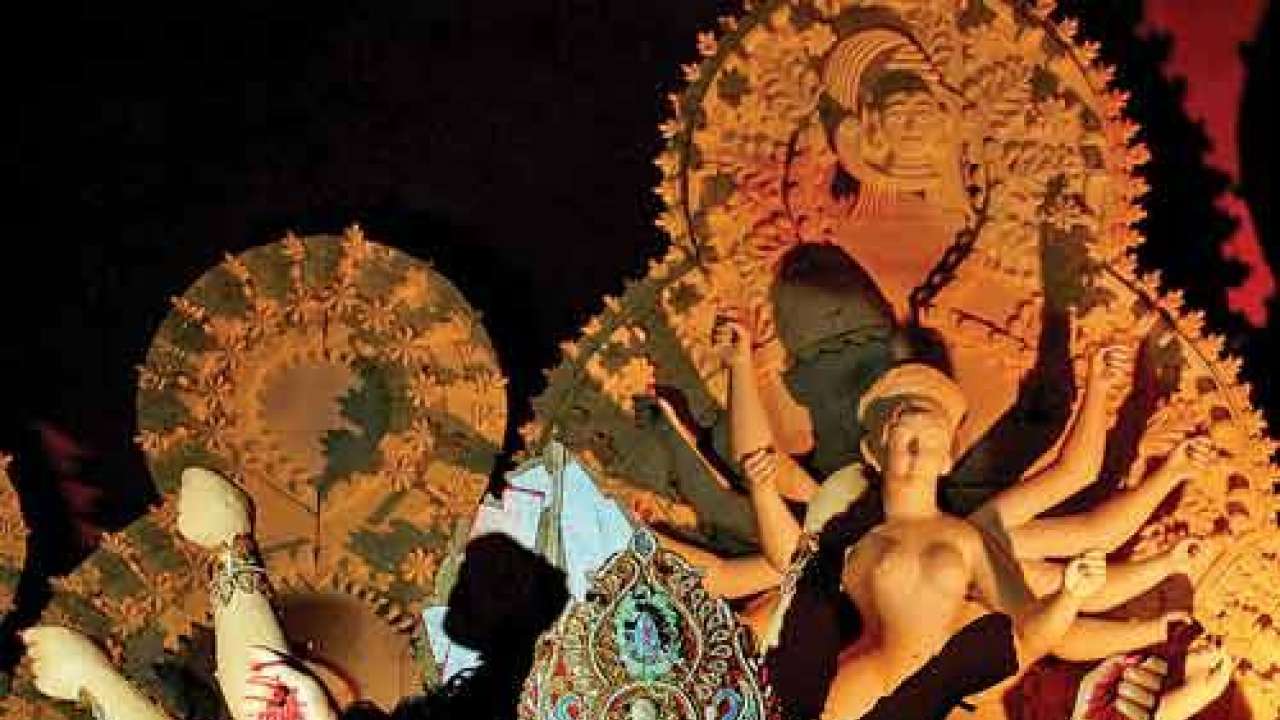
In a few days, I’ll go from my city home in Kolkata to my desh or clan-abode in Patuligram village of West Bengal’s Hooghly district. Our clan has been Bengali shakto by faith for as long as we can remember. Ma Durga, the mother goddess, will come alive in Patuligram as ‘Moter Ma’ — the name by which she is known there. Every year on Bijoya Dashami, Ma Durga is immersed. Her mortal children cheer expectantly ‘Ashchhe bochhor abar hobe’ (It will happen again next year) — a call of hope and annual return.
In the People’s Republic of Bangladesh, another set of annual events centred on idols of Ma Durga start somewhat earlier than the puja itself. This is the widespread desecration and destruction of Ma Durga’s idols, always done by ‘unidentifiable group of miscreants’. The target faith community is always identifiable and predictable. So widespread is this pre-Puja idol desecration phenomenon that one Puja organizer said in sad resignation that instead of hitting arbitrarily, idol-destroyers should pre-specify each year which puja mandaps will be targeted. Already, the pre-Puja idol-breaking campaign has picked up. There’s a good geographical spread this year — 5 in Kishoreganj district, 6 in Rishipara of Gopalpur, 3 in Joari Bajar of Natore, 4 in Garua of Faridpur, 3 in Protapnagar of Sherpur and so on. Care is taken to attack late in the idol-making process and do a thorough job so that the idol cannot be repaired or replaced. The ‘unindentifiable’ strike with the regularity of monsoon thunderbolts — only the timing and location varies. Like every year, the President, Prime Minister and opposition leader will congratulate their Hindu brothers and sisters on the occasion of Durga Puja. They would utter tired phrases about Bangladesh’s tradition of communal harmony and religious tolerance. Everyone knows the self-congratulatory routine. A few bad ‘unidentifiable’ apples — the powers-to-be insist. The rest is fine, including those who usurped more than half of all land and property belonging to religious minorities and made them second-class citizen by introducing a State religion in the constitution.
When parts of Mata Sati’s dead body fell on earth, each of those sites became a Shakti-peeth — a space of divine significance. Of the 51 Shakti-peeths on earth, Bengal is blessed with 16, of which Bangladesh has 5 — Bhabanipur, Iswaripur, Chandranath hill near Sitakunda, Joinpur and Shikarpur. The sacred geography extends to Dhaka where Ma Dhakeshwari has been offering protective cover over the city for centuries. She has been attacked regularly in the last 50 years. When large-scale planned destruction of religious structures is accompanied by a concomitant catastrophic fall in the proportion of religious minorities like in Bangladesh (from about 25% of population in 1951 to under 10% in 2011), it’s clear that both gods and their devotees are fair game.
Since the 1950s, there hasn’t been any ‘riot’ in East Bengal/ Bangladesh if ‘riot’ involves some measure of resistance from the attacked side. However, a crore-plus minority population cannot be wished away. Bangladesh’s liberation struggle raised slogans that were against special status to any faith. In that epic fight for freedom, religious minorities died in numbers much higher than their population proportion. A fight for minority rights anywhere can only happen when the politically correct facade of ‘tolerance’ and ‘acceptance’ is replaced by an active struggle against religious militancy, for real-life equality under law and, most importantly, when the majority accepts pluralism as a pre-condition for a desirable future. Till then, as they stare at broken idols, Ma Durga’s children in Bangladesh know that ‘Ashchhe bochhor, abar hobe’.
The author is a commentator on politics and culture @gargac